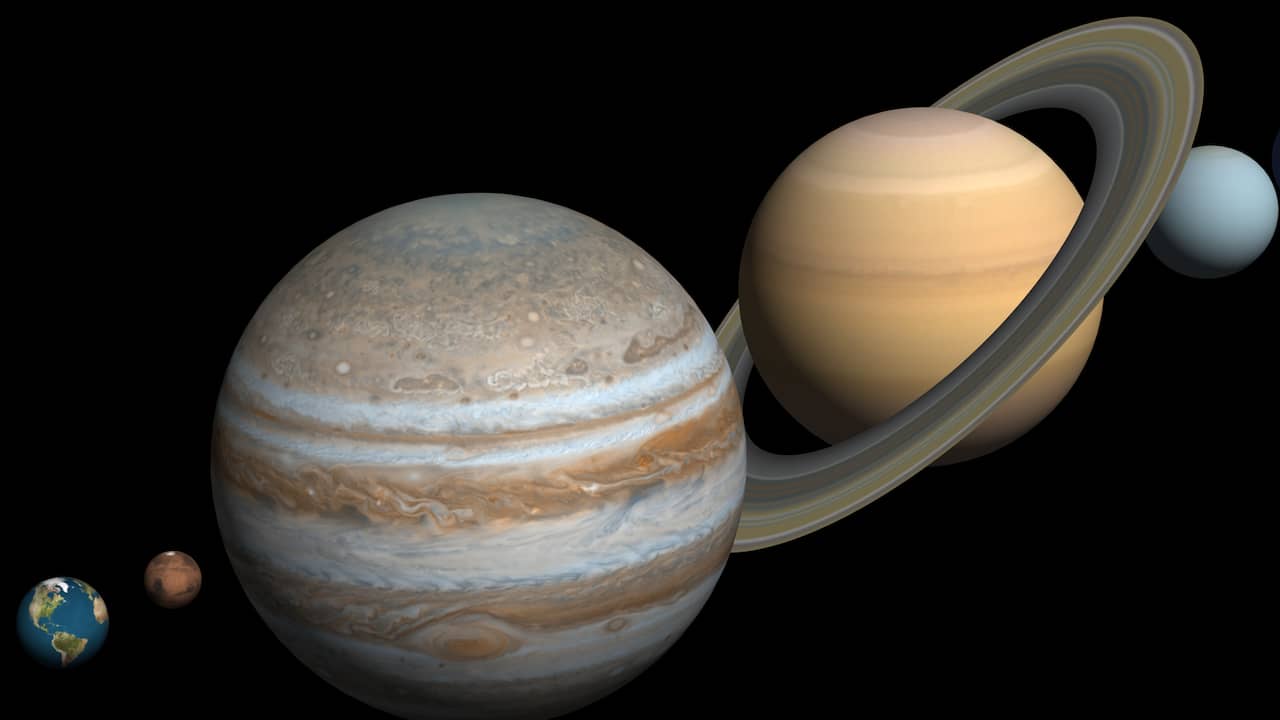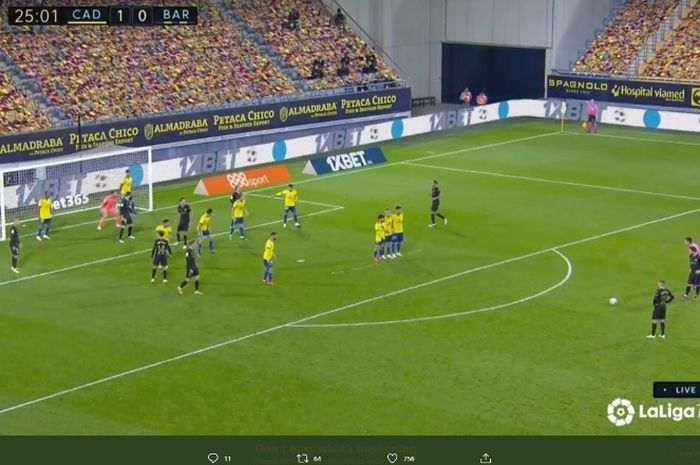When it becomes cloudless, a special phenomenon can be seen in the starry sky in the coming weeks. The planets Jupiter and Saturn are almost against each other in the sky. The distance between the two points in the sky is so small that they almost seem to become one ‘star’.
This so-called conjunction occurs every twenty years, through the orbits of Jupiter, Saturn, and the Earth around the sun. But now the gap between the two is very small. Astronomer Marc van der Sluys of Radboud University in Nijmegen explains: “You can still tell them apart with the naked eye, but there isn’t much space in between. If you stretch your arm and raise your little finger, you can easily cover both. planets. “
The peak of the conjunction is on December 21. That moment cannot be seen in the Netherlands, because Jupiter and Saturn are below the horizon. Just over an hour earlier, approximately between 5.15 pm and 6.15 pm, the planets can be seen, if the weather cooperates. “That is almost as good as the supreme moment itself. A day earlier or later they are a little further apart,” said Van der Sluys.
Last time was eight centuries ago
The last time Jupiter and Saturn were seen so close together in the starry sky was almost 800 years ago, on March 5, 1226. The next opportunity to see the planets in this way is on March 15, 2080. If you miss that, you must wait until August 2417.
If you want to see Jupiter and Saturn together, you have to look southwest the hour after sunset, around dinner time. An hour after the sun, the planets themselves set. Both planets are low above the horizon. Van der Sluys: “You need an unobstructed view to the southwest. You can leave the built-up area, and an upper floor is better than a backyard.”
Jupiter is the brightest of the two dots because that planet is larger and closer to Earth. Saturn is clearly weaker. If you look through a telescope or binoculars, you could also observe Jupiter’s moons Ganymede, Io, Callisto and Europa, the Saturn’s moon Titan and the rings of Saturn.
– .


